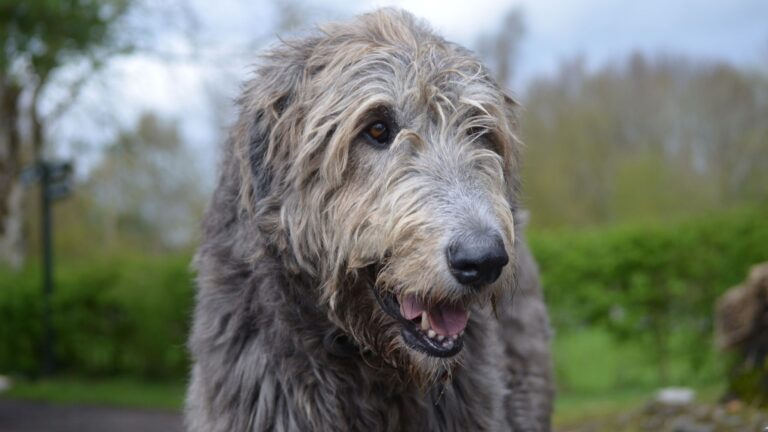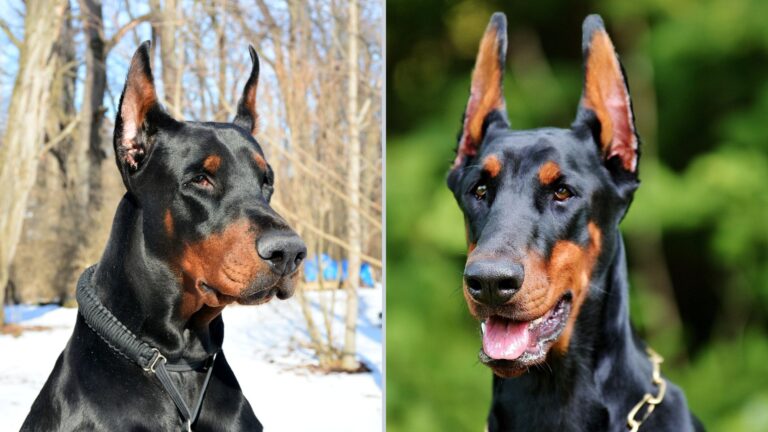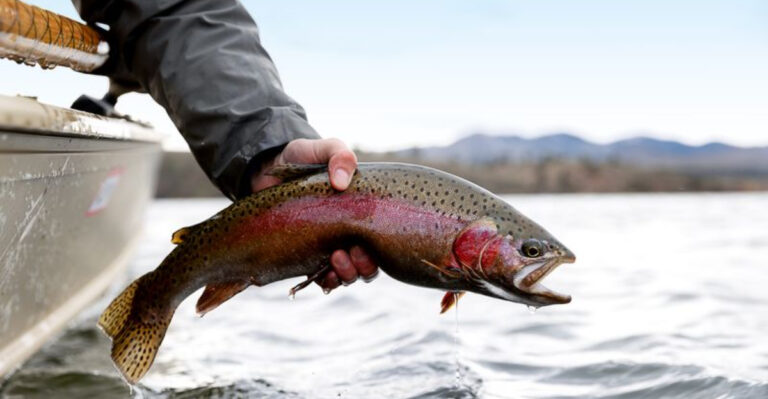What Dog Owners Should Know About Dental Chews And Oral Health
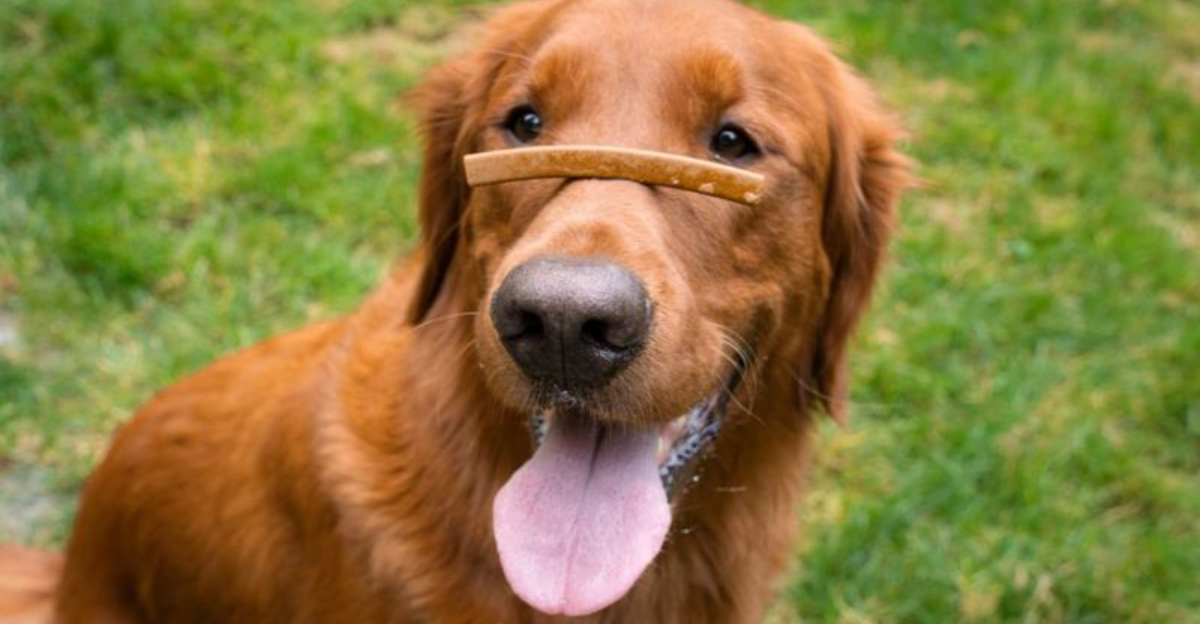
Your furry friend’s smile matters more than you might think! Bad breath isn’t just an inconvenience – it could signal serious dental problems lurking beneath those adorable chompers.
Dental disease affects nearly 80% of dogs over three years old, potentially leading to pain, tooth loss, and even organ damage if bacteria enter the bloodstream. Let’s explore what every pet parent should know about keeping those canine teeth sparkly clean with dental chews.
Not All Dental Chews Are Created Equal
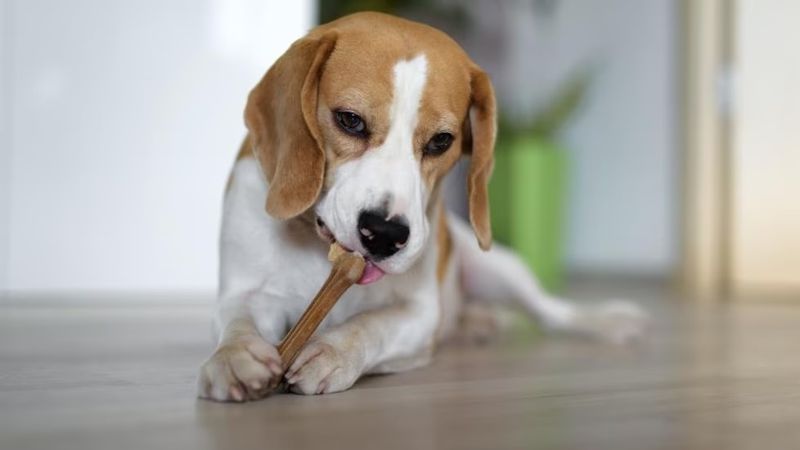
Behind those colorful packaging and tempting shapes lies a world of difference in quality and effectiveness. Some dental chews contain excessive calories or artificial ingredients that might do more harm than good.
Look for products with the Veterinary Oral Health Council (VOHC) seal of approval. This certification means the product has been scientifically proven to reduce plaque or tartar.
Size Matters For Safety And Effectiveness
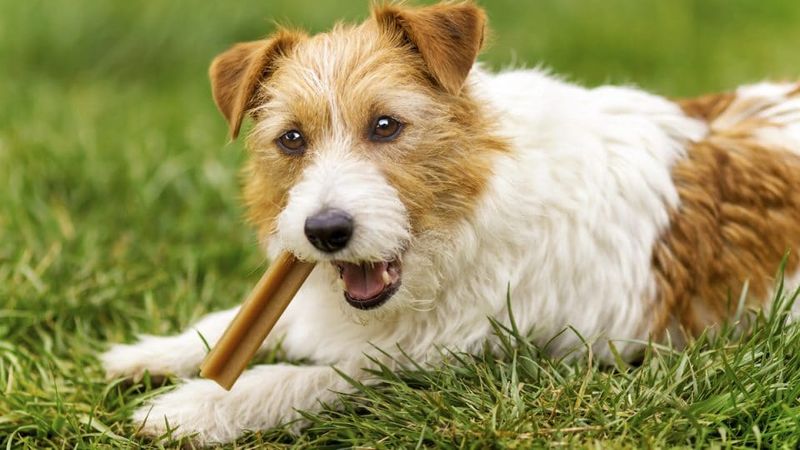
Giving your tiny Chihuahua a chew designed for a Great Dane is a recipe for frustration and potential choking hazards. Likewise, small chews disappear too quickly in larger mouths to provide any cleaning benefit.
Always match the dental chew to your dog’s size and chewing style. Power chewers need tougher products, while gentle nibblers might benefit from softer options that still provide tooth-scrubbing action.
The Mechanical Action Is What Counts
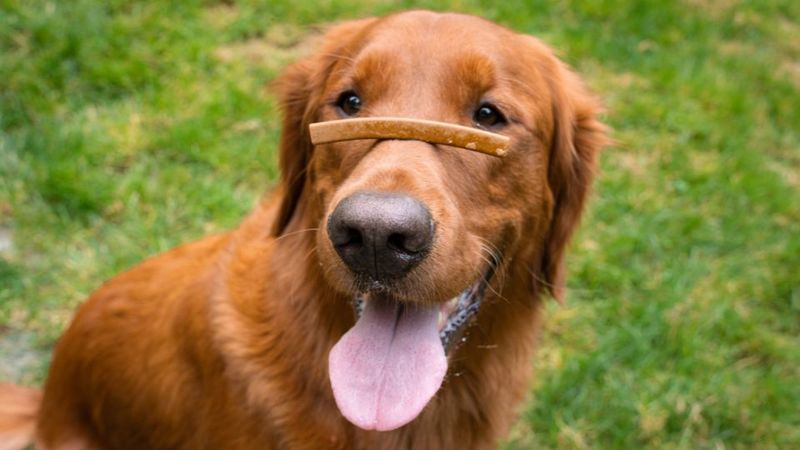
Ever wondered how dental chews actually work? The magic happens through physical scraping! As your pup chews, the texture of the treat rubs against tooth surfaces, helping to dislodge plaque before it hardens into tartar.
The best dental chews have ridges, nubs, or special shapes designed to reach different areas of the mouth. Look for products that encourage longer chewing times rather than treats your dog gulps down in seconds.
Beware Of Hidden Calories
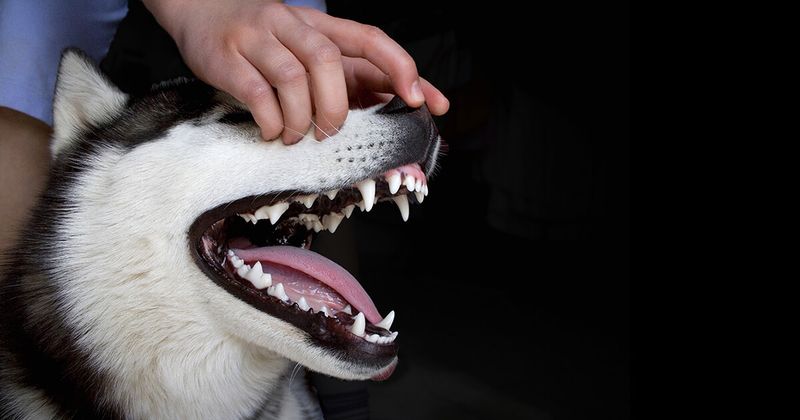
Surprise! Many dental chews pack a significant caloric punch. Some larger treats contain over 100 calories – equivalent to a large cookie for humans!
Factor dental chews into your dog’s daily calorie allowance to prevent unwanted weight gain. For reference, a 20-pound dog only needs about 400 calories per day, so even a 70-calorie dental treat represents a substantial portion of their diet.
Frequency Matters More Than You Think
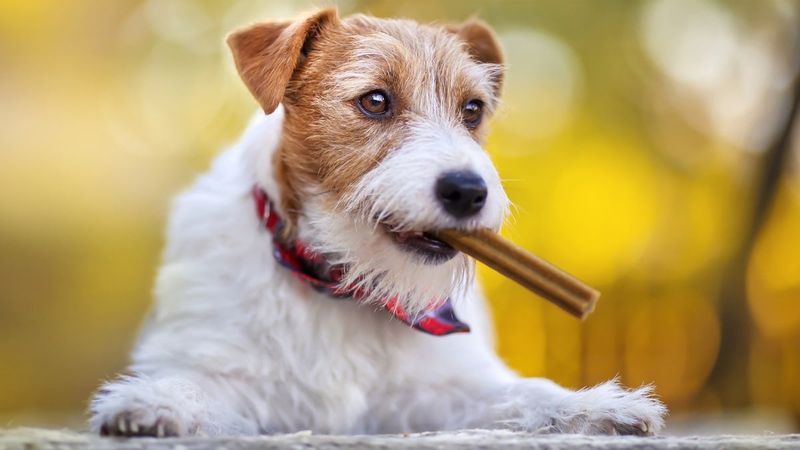
Consistency beats intensity when it comes to dental care. Just like you wouldn’t brush your teeth once a month for 30 minutes and expect perfect oral health, your dog needs regular dental care.
Daily dental chews show the best results for preventing plaque buildup. If daily isn’t feasible, aim for at least 3-4 times weekly. Remember that plaque can harden into tartar within 24-48 hours, making regular care crucial.
Watch For Digestive Upset Signs

Fancy new dental chew causing bathroom emergencies? Your dog’s stomach might be rebelling against unfamiliar ingredients. Common culprits include wheat gluten, excessive fats, or artificial preservatives.
Introduce any new dental product gradually by offering small pieces at first. Monitor for loose stools, vomiting, or decreased appetite. Some dogs with sensitive stomachs do better with limited-ingredient dental chews specifically designed for digestive issues.
Supervision Is Non-Negotiable
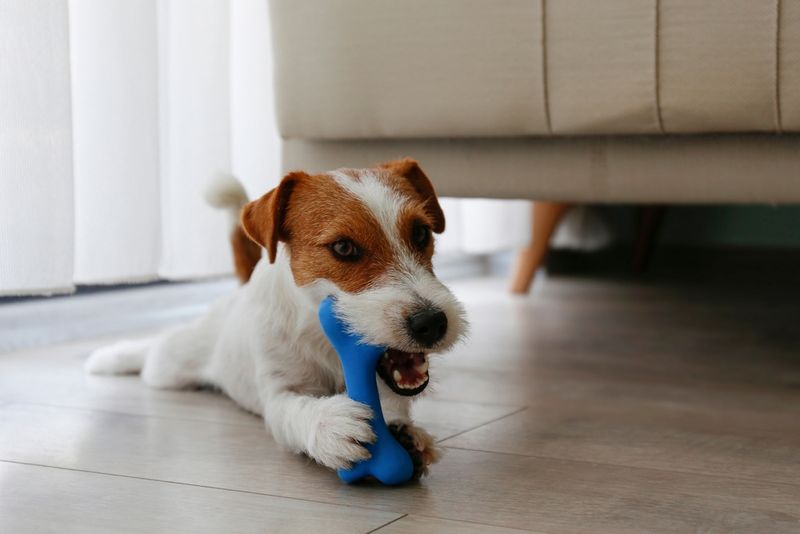
Even the safest dental chews can become hazards if your dog decides to swallow large chunks. Blockages requiring emergency surgery are unfortunately common when pets consume chew products unsupervised.
Always watch your dog while they enjoy dental treats. Remove any pieces that break off, and discard the chew when it becomes small enough to swallow whole. This simple habit could save you thousands in emergency vet bills.
Dental Chews Can’t Replace Professional Cleanings
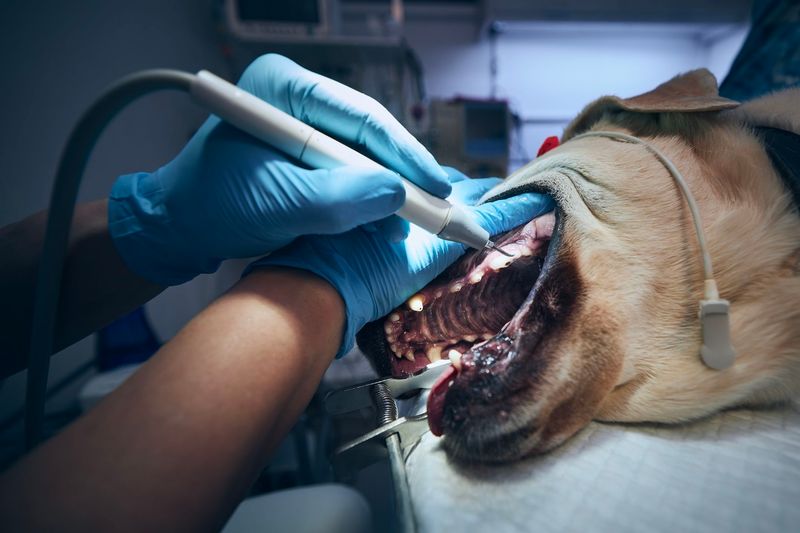
Dental chews work wonderfully as part of a prevention plan, but they can’t remove existing tartar buildup. Once that hard, yellowish crust forms on teeth, only professional cleaning under anesthesia will remove it.
Think of dental chews like daily brushing – essential maintenance between professional cleanings. Most vets recommend yearly dental exams and professional cleanings as needed, especially for breeds prone to dental issues like Yorkies, Dachshunds, and Chihuahuas.
Natural Alternatives Worth Considering
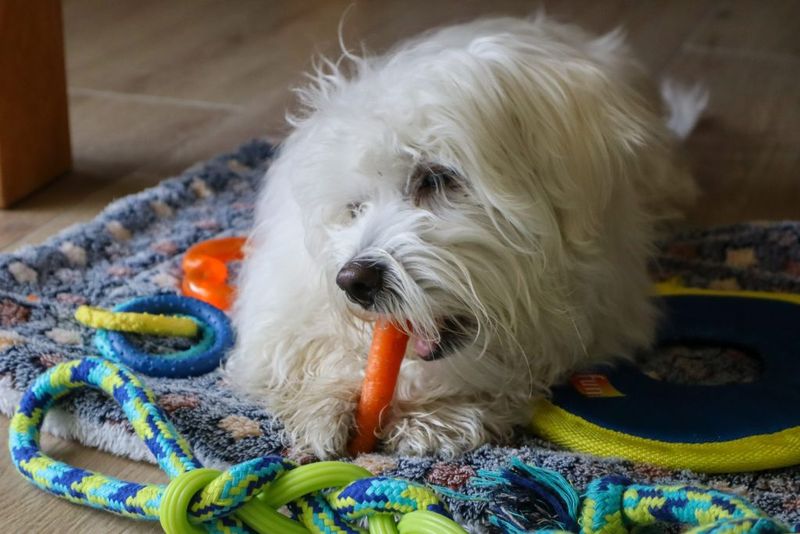
Raw carrots crunch delightfully under eager canine teeth. Frozen green beans provide cooling relief for teething puppies. Even apple slices (minus seeds) can help scrape away light plaque.
Natural alternatives offer dental benefits with fewer calories and processing. Raw meaty bones like chicken necks or beef knuckles provide intense cleaning action, though they require strict supervision and aren’t appropriate for all dogs.
Brushing Still Reigns Supreme
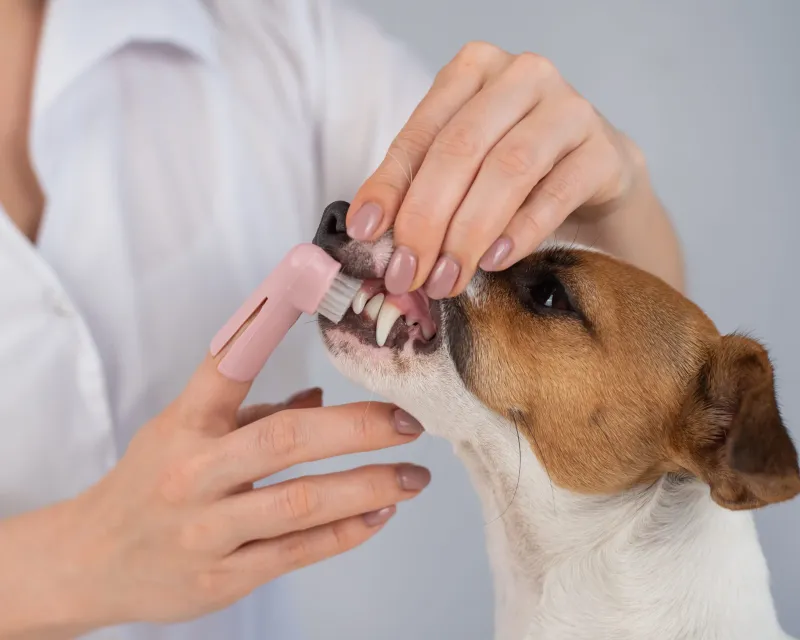
Shocking truth: even the best dental chew can’t match good old-fashioned toothbrushing. Studies show that regular brushing reduces plaque by up to 70%, while most dental chews achieve 15-20% reduction.
Combine approaches for maximum benefit. Use pet-specific enzymatic toothpaste (never human toothpaste!) with a soft brush or finger brush. Start with brief sessions, gradually building up to daily brushing while offering dental chews on days you miss.
Warning Signs That Dental Problems Are Brewing
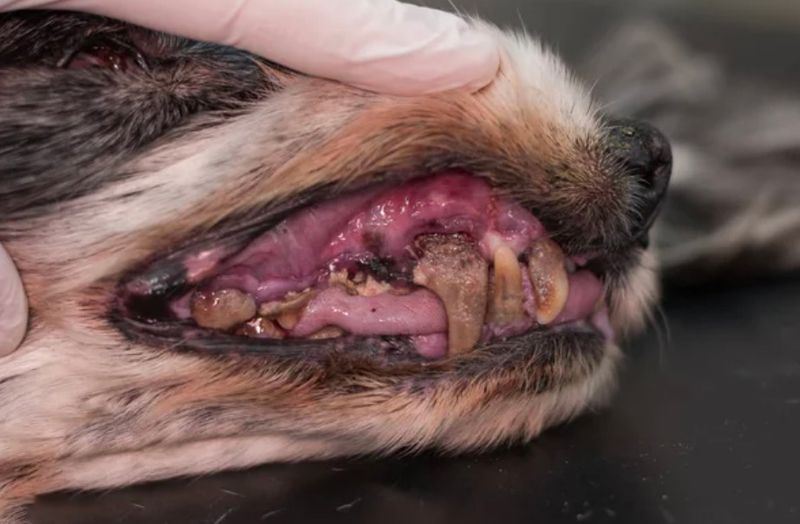
Bad breath is never normal in healthy dogs! Other red flags include excessive drooling, pawing at the mouth, dropping food while eating, or showing reluctance to chew toys they previously enjoyed.
Yellow-brown tartar buildup, red gum lines, or bleeding when chewing signal developing problems. Don’t wait for advanced symptoms like loose teeth or facial swelling – by then, your pup is experiencing significant pain and likely needs extractions.


